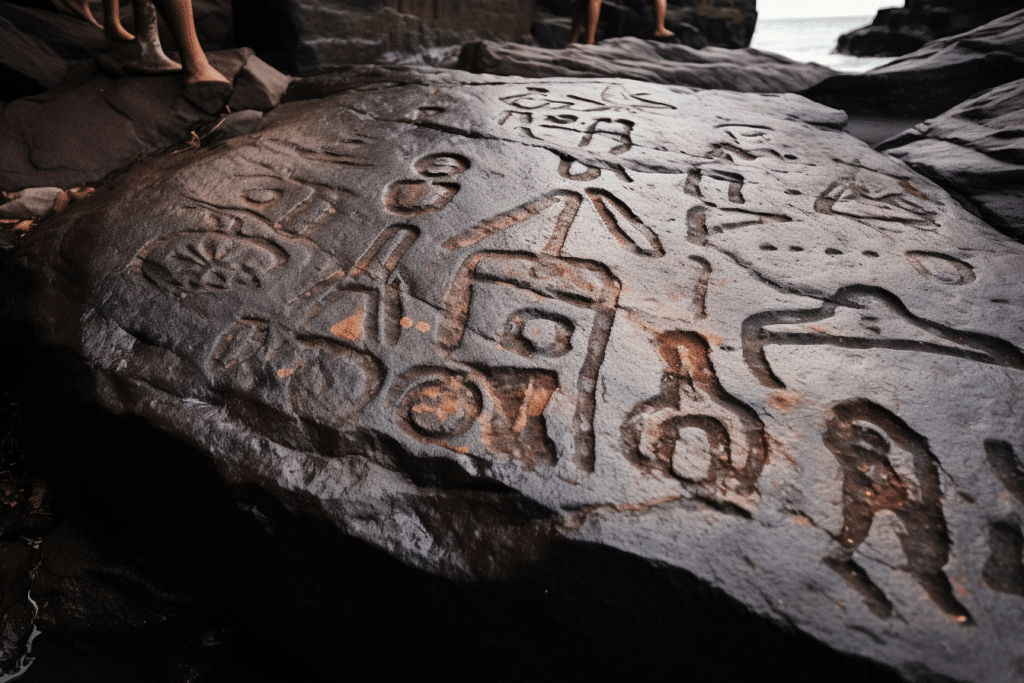
During a drought, the Amazon River has receded to reveal a historical treasure trove: ancient face carvings etched into stone that date back millennia. Human faces and other engravings have surfaced on Ponto das Lajes, a rocky outcrop along the river’s north shore, as the waters reach record lows. Archaeologist Jaime de Santana Oliveira from the National Historic and Artistic Heritage Institute (IPHAN) provides insight into this remarkable discovery, which offers a tangible link to the region’s prehistoric inhabitants.
“The engravings are prehistoric or pre-colonial. We cannot date them exactly, but based on evidence of human occupation of the area, we believe they are about 1,000 to 2,000 years old,” Oliveira explained. Amidst the environmental crisis, the severity of this year’s drought has inadvertently allowed a deeper exploration into the past, with the Rio Negro revealing secrets it had swallowed for centuries. Previously glimpsed carvings now stand fully visible alongside evidence of ancient life, such as grooves thought to have been used for sharpening arrows and spears long before European contact.
As the article closes, we are reminded of the precarious balance between environmental changes and historical revelations. The severe drop in the Rio Negro has prompted concerns over the region’s climate patterns. Still, it has also peeled back layers of history, offering a rare glimpse into the cultural legacy of Amazon’s ancient civilizations. While researchers like Oliveira seize this opportunity to delve into these engravings’ origins, they also stand as a stark reminder of the impact of extreme weather conditions on our planet’s precious historical sites.
